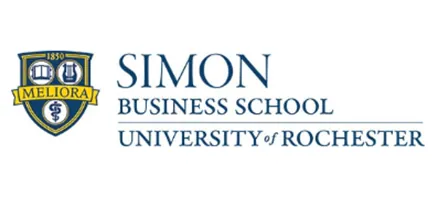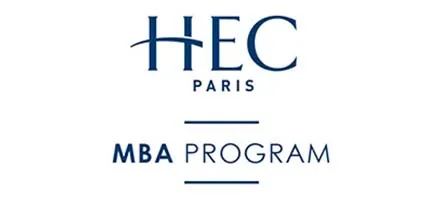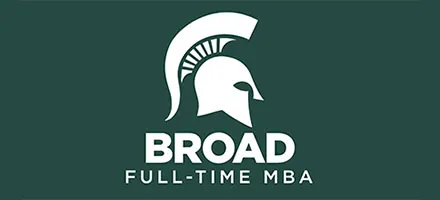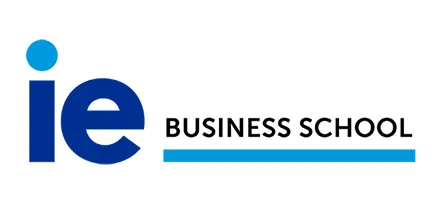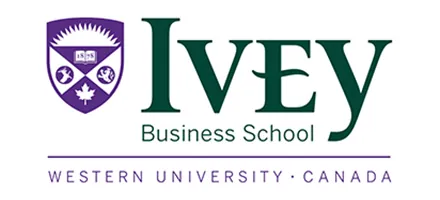
Picture a CEO. Among employees, they’re faulted for being “out of touch” and “insulated” – safe from the daily worries and unpleasant truths found in the trenches. Contrast that with CEOs themselves, who often describe the blur from being pulled everywhere at once. Still, CEOs are perfectly positioned to assemble the whole picture.
From 30,000 feet, they can see every facet of an organization. Coming up through the ranks, they’ve learned how to evaluate contradicting data, solve intricate problems, and sell a compelling vision. They’ve wrestled with the forces roiling every organization. Most important, CEOs have encountered talent from every role and geography – and witnessed who gets results…and how.
That makes CEOs a dependable judge of which business schools develop the best talent. After all, organizations are the consumers of MBA talent. When it comes to which programs follow through, the Wharton School again tops that list.
WHARTON COMES OUT ON TOP
That was the finding of the 2025 Best Business Schools ranking from CEOWORLD magazine, which bills itself as the “world’s leading business magazine for CEOs, CFOs, high-level executive professionals, business leaders, and high net worth individuals.” Released on April 6th, the CEOWORLD ranking showed Wharton regaining the #1 spot after slipping to 2nd in 2024. Last year’s top performer, the London Business School, returned to the runner-up status it enjoyed in 2023. MIT’s Sloan also made a comeback, rounding out the Top 3 and knocking its Beantown neighbor, Harvard Business School, back to 4th.
Similarly, Stanford GSB and Columbia Business School exchanged the 5th and 6th spots respectively. In fact, CEOWORLD’s Top 10 remained identical to the 2024 variation. UC Berkeley’s Haas School and Northwestern University’s Kellogg School (7th and 9th respectively) each moved up a spot, while the University of Oxford’s Saïd Business School and the Yale School of Management (8th and 10th) both moved down one slot. Among notable names, the University of Chicago’s Booth School ranked 12th, with INSEAD lagging behind at 14th.
Like The Financial Times, CEOWORLD is truly a global MBA ranking. The list is headlined by 46 American graduate business programs, with India (14), United Kingdom (12), and Canada (10) also cracking double digits among the 169 schools ranked. Poland, Portugal, Australia, and Switzerland each landed 7 graduate business programs on the list, more than perennial educational powers like Spain (6) or France (4). In a surprise, New Zealand (5) and Greece (4) boasted more business schools on the list than either Germany (3) or Italy (1). Compare that to this stunner: Peru posted three graduate programs on the CEOWORLD ranking – the same as China and Singapore. Beyond the name countries, you’ll also find schools represented from Norway, South Africa, Slovenia, Quatar, Lebanon, Trinidad and Tobago, Venezuela, and the UAE. Even the Ukraine, mired in an invasion, produced two schools on CEOWORLD’s list – compared to zero for Russia.
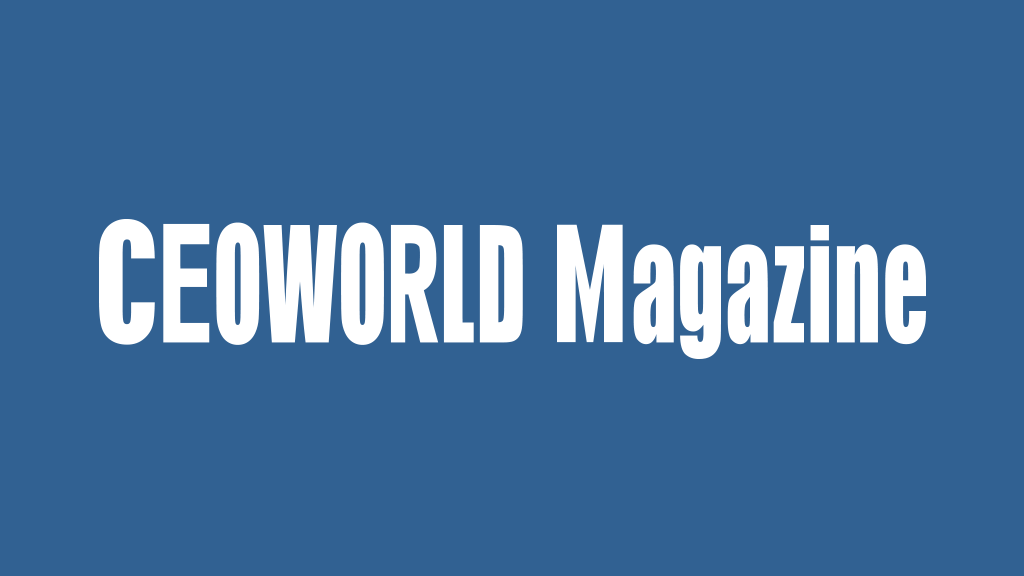
THE METHODOLOGY
To compile the 2025 Best Business Schools ranking, CEOWORLD surveyed 250,000 individuals across 176 countries. The pool included “business executives, graduates, global business influencers, industry professionals, business school academics, employers, and recruiters.” According to CEOWORLD, the data was collected over four months starting in September 2024. The larges percentage of surveys – 82% — were completed online, with 10% stemming from telephone interviews and 8% conducted face-to-face. The scoring was based on a 100-point system, ranging from 1 (“Marginal”) to 100 (“Outstanding”). Along with surveys, CEOWORLD also incorporated data submissions from business schools to compile its ranking.
As a whole, the CEOWORLD ranking is based on seven metrics:
1) Academic Reputation
2) Admission Eligibility
3) Job Placement Rate
4) Recruiter Feedback
5) Specialization
6) Global Reputation and Influence
7) Annual Tuition and Fees

RANKING ADVANTAGES
One advantage to the CEOWORLD ranking: it conveys the employer perspective on which schools’ graduates ultimately excel in their organizations. Obviously, it boasts a large survey sample, which lessens the chance for outliers that can bedevil smaller pools. Better yet, unlike U.S. News & World, you won’t find any ties in the CEOWORLD ranking – a sign of a solid methodology.
In some cases, the CEOWORLD ranking provided a refreshing challenge to convention. Alliance Manchester ranking 11th – and ahead of Booth and INSEAD? The program is small, but also boasts one of the world’s top career centers according to a FT survey released in 2025. Melbourne Business School ranked 31st? Currently unranked by the FT, the school had finished 61st six years ago. Dartmouth College’s Tuck School placing 28th? Technically, the FT ranks it 28th…with the school having fallen 8 spots in the past year alone. Bottom line: CEOWORLD doesn’t stray too far from convention…at least among top American programs.
That said, the CEOWORLD Best Business School ranking is flawed on several levels, which undercuts the authority that its prestige and scale would suggest. These issues include the following:

London Business School MBA Welcome BBQ
RANKING FLAWS
1) Missing Schools: The Financial Times stands as the gold standard for global business school rankings. Compared to the 2025 FT MBA ranking, there are several renowned business schools missing from the CEOWORLD list. Think it was strange that only 3 business schools were included from Mainland China and Hong Kong in CEOWORLD? In the FT ranking, the Shanghai University of Finance and Economics, Peking University, Fudan University School of Management and the Tongji University of Economics and Management all finished between 15th and 31st. India’s highest ranked MBA program – the Indian School of Business at 27th – also couldn’t be found among CEOWORLD’s 169 ranked schools. The same could be said for IE Business School (18th) and Imperial College (38th) and ESSEC Business School (47th) That doesn’t count the exclusion of the University of Michigan’s Ross School, a perennial Top 10 American program. To add insult to injury, Ross’s cross-state rival, Michigan State’s Broad College, finished 27th in CEOWORLD. In other words, there are glaring omissions that could call CEOWORLD’s reach into question.
2) Lack of Transparency: Last year, CEOWORLD took a major step forward. It published the index scores across four of its seven dimensions. As a result, readers could tell exactly where different business schools excelled. For example, London Business School achieved its highest scores in Career Progress and Weighted salary, whereas Columbia Business School’s best performances came in Entrepreneurship and Learning and Research. This year? CEOWORLD is back to simply supplying an index score and rank. On the plus side, readers can see how a school’s rank and index score has risen or fallen over the past year (using P&Q’s table on the next page). The negative? Readers can’t discern how a school achieved its ranking. Worse yet, they can’t compare index scores in survey-driven areas like Recruiter Feedback or Global Reputation and Influence against previous years. Even more, they can’t make apples-to-apples comparisons between schools across various dimensions.
The CEOWORLD ranking is further undermined by the weights of the seven dimensions. They aren’t disclosed. Are they apportioned at an equal 14.3% weight? Or, for example, are Academic Reputation and Recruiter Feedback each allotted a 25% weight while Specialization and Global Reputation and Influence each get a 15% share? Those potential differences are never addressed in the CEOWORLD methodology. Couple that with nebulous labels like Academic Reputation, Recruiter Feedback, Specialization, and Global Reputation and Influence. How are these terms defined in CEOWORLD’s universe – and what areas does each dimension cover? Specifically, what questions comprised each dimension? In Recruiter Feedback, for example, do survey questions probe into specific interpersonal or technical skills – or stick to a more surface-level job preparation focus? Without knowing this information, readers simply cannot understand how programs are different from each other. In the end, isn’t that the whole point of a ranking?
3) Program Differentiation: Along with transparency, there is the matter of differentiation. Using a 1-100 scale opens the door to interpretation. Notably, how has CEOWORLD established guard rails so that every respondent remains on the same page? More precisely, how do they ensure Respondent A’s 88 score reflects the same level of quality as Respondent’s B’s 88? At a more micro level, what is the real difference, for example, between an 88 and an 82? By establishing such a wide range, CEOWORLD leaves itself open to misinterpretation and even abuse. For example, barely one point separates 1st-ranked Wharton from 7th-ranked UC Berkeley Haas. With both schools cemented in the 96-97 index range, readers come away with a Lake Wobegon Effect, where “all the women are strong, all the men are good-looking, and the children are all above average.”
This potential deficiency is also reflected in the ranking history. This year, the same 100 business schools are found in the Top 100 as they were in 2024. That said, CEOWORLD has tamped down on wild fluctuations that sometimes dog The Financial Times ranking. Among the Top 25 business schools, there were three schools that moved up three spots: Cornell Johnson, National University of Singapore, and Washington University’s Olin School. By the same token, the biggest improvement was 6 spots, which was achieved by three schools. Along the same lines, the biggest decline was just 4 spots – and suffered by only one school.
4) More Than a Full-Time MBA: “Best Business schools” is a misleading term. Does the ranking focus exclusively on full-time MBAs – or could it conceivably include Executive, Part-Time, or Online MBAs? Could it potentially lump in Business Master’s degrees like Finance, Marketing, or Analytics? Even more, P&Q readers are conditioned to associate business schools with the graduate education. However, CEOWORLD frames it as a “Best Business Schools in the World” – which could conceivably include undergraduate programs. Depending on how expectations are set, a respondent could easily mistake a degree for a certificate too.
How does this play out in CEOWORLD? Look no further than Purdue University’s Daniels School and Penn State’s Smeal College. Both programs have shuttered their Full-Time MBA programs. Still, they rank 25th and 26th in CEOWORLD’s 2025 ranking – a clear tip off that a Full-Time degree is only part of its mix.
5) The Passage of Time: Business school rankings are sometimes described as a “snapshot” – an inside look at where schools stand for prestige, class composition, return on investment, and student satisfaction during a given moment in time. Question is, who are the survey respondents picturing when they are surveyed? Do they stick to recent grads or interns? Do they look at their senior leadership teams – or memorable staffers, clients, consultants, and experts they’ve encountered over their careers (which could span decades). Again, CEOWORLD is unclear on this matter, which means respondents could be evaluating very different populations – and readers could be absorbing sentiments rooted in the past.
Go to next page to see where CEOWORLD ranks your favorite schools.


